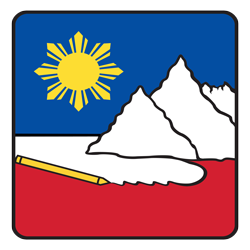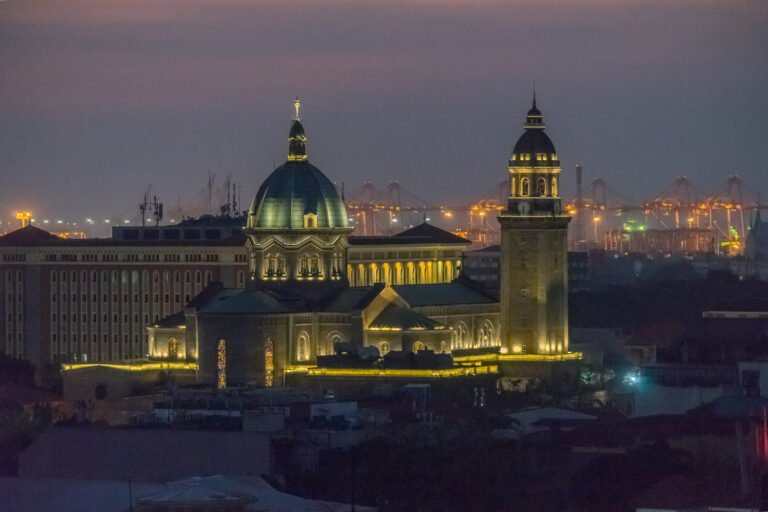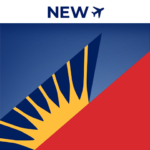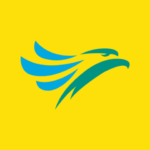Philippines Currency Exchange Guide: Best Rates, ATMs & Money Tips
Planning a trip to the Philippines and worried about money matters?
You’re not alone.
Thousands of tourists lose hundreds of dollars annually due to poor exchange rates, hidden fees, and currency scams. This comprehensive guide will transform you from a financial tourist target into a savvy traveler who knows exactly how to handle Philippine pesos like a local.
Whether you’re exploring the wonders of Puerto Princesa on a budget or enjoying luxury resorts in Baguio City, understanding the Philippine currency system, finding the best exchange rates, and avoiding costly mistakes can add hundreds of dollars back into your travel fund.
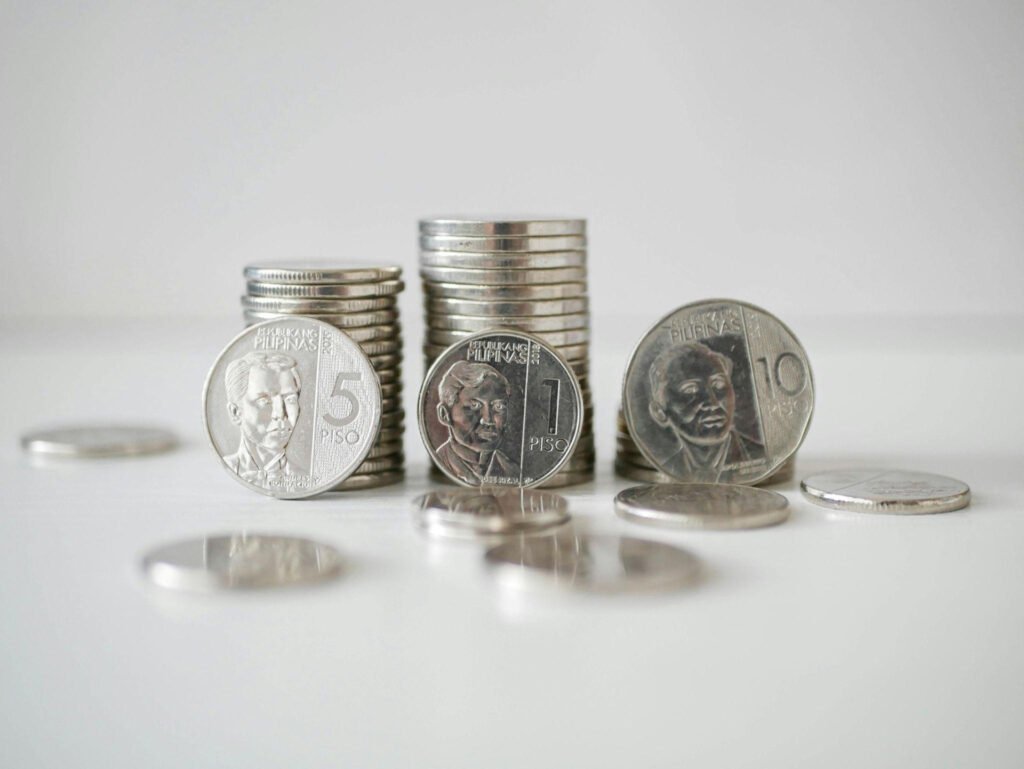
Table of Contents
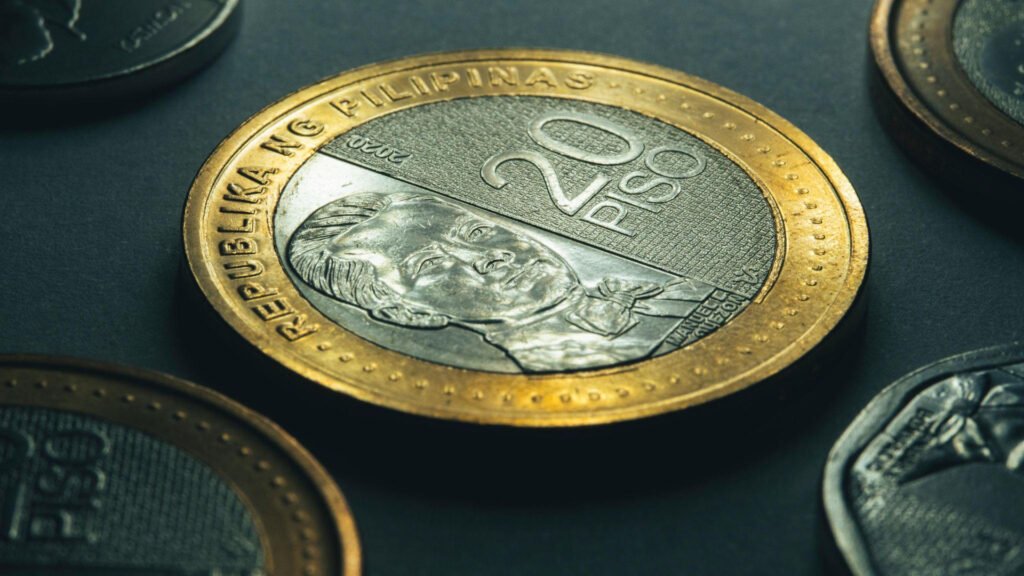
Understanding the Philippine Peso (PHP)
The Philippine peso (PHP or ₱) serves as the official currency of the Philippines, managed by the Bangko Sentral ng Pilipinas (BSP). The peso is subdivided into 100 centavos, though centavo coins have largely disappeared from daily circulation. Most transactions are now rounded to the nearest peso, making calculations easier for tourists.
Philippine Currency Denominations
Current Banknotes:
- ₱1,000 (blue) – Perfect for large purchases and hotel payments
- ₱500 (yellow) – Ideal balance for restaurant meals and day tours
- ₱100 (violet) – Most practical for everyday transactions and local transportation
- ₱50 (red) and ₱20 (orange) – Essential for jeepney rides, small purchases, and tips
Current Coins: ₱20, ₱10, ₱5, ₱1 (widely used). Centavo coins are rarely accepted.
TIPS: The Philippines introduced new polymer banknotes starting with the ₱1,000 note in 2022, followed by ₱500, ₱100, and ₱50 polymer versions in 2025. Both paper and polymer versions are currently accepted.
The ₱20 banknote is being gradually phased out and replaced with ₱20 coins, though both remain valid during the transition period.
Current Exchange Rates (2024–2025)
Exchange rates fluctuate daily based on tourism levels, overseas Filipino worker remittances, and global economic conditions:
- 1 USD = 55–58 PHP (most stable, widely accepted)
- 1 EUR = 60–65 PHP (good rates at major money changers)
- 1 GBP = 70–75 PHP (excellent value)
- 1 AUD = 38–42 PHP (popular with Australian tourists)
The peso often weakens during peak tourist season (December–February) due to increased foreign currency demand. Monitor rates and set alerts for favorable exchange opportunities.

Best Places to Exchange Money in the Philippines
Finding the right exchange location can mean the difference between getting 54 pesos or 57 pesos per dollar—a significant difference over a week-long vacation.
1. Authorized Money Changers (HIGHLY RECOMMENDED)
Authorized money changers consistently offer the best exchange rates in the Philippines, often beating banks by 1–3 pesos per dollar while providing faster service without hidden fees. Prime Locations:
- Metro Manila – offers the best rates nationwide, with intense competition
- Makati Central Business District – features 50+ authorized money changers
- Bonifacio Global City (BGC) – caters to expatriates with modern facilities
- Shopping malls – provide nationwide coverage with 2–3 external money changers per mall
Selection Tips:
- Look for Bangko Sentral ng Pilipinas (BSP) authorization certificates with visible license numbers
- Compare rates from 3+ money changers for large exchanges
- Choose busy locations with updated rate boards
- Ask locals for recommendations
2. Banks: Security with Premium Pricing
Major Philippine banks (BDO, BPI, Metrobank, Security Bank) offer secure exchanges but charge ₱150–300 per transaction plus 1–2% rate margins. Banks make sense for very large exchanges over $1,000, where security outweighs cost.
3. Hotels: Convenience at a Cost
Hotels offer 24/7 convenience but charge 3–7% worse rates than market rates, plus potential ₱100–300 fees. Use only for late-night arrivals or emergency small amounts.
4. Airports: Emergency Only
Philippine airports offer poor rates 4–6% below city rates. Manila NAIA provides 24/7 availability but should only be used for immediate needs ($50–100 maximum).
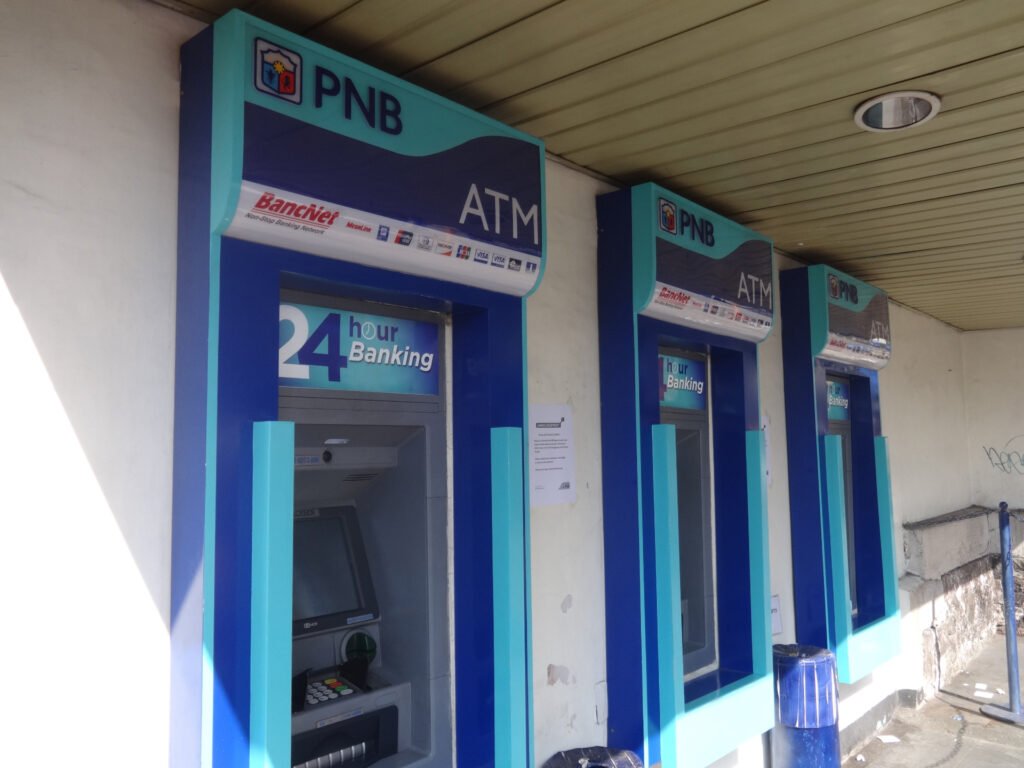
Philippines ATM Withdrawal Limits and Fee Guide
ATMs provide convenient 24/7 peso access with competitive exchange rates, though fees accumulate quickly if not managed properly.
ATM Networks and Fees
BancNet Network offers the most extensive coverage with 15,000+ ATMs nationwide, including BDO, BPI, Metrobank, and 100+ other banks.
Fee Structure:
- Philippine banks: ₱200–250 per withdrawal
- Your home bank: $2–5 per transaction + 1–3% foreign exchange fee
- Total cost example: $11 in fees on a $175 withdrawal (6.3%)
Maximize Your Withdrawal Amount
Always withdraw the maximum allowed per transaction to minimize per-withdrawal fees.
Finding higher-limit ATMs (₱20,000+):
- ATMs dispensing over ₱10,000 per transaction are rare outside major cities (Manila, Cebu, Davao)
- Look for ATMs at main bank branches in city centers—not mall or convenience store machines
- BDO, BPI, and Metrobank branch ATMs are your best bet for ₱20,000 limits
- Security Bank – some flagship branches offer ₱30,000–40,000 (very limited locations.
TIPS: In provincial areas, expect ₱10,000 limits. Plan larger withdrawals when visiting major cities to maximize efficiency. Daily limits are typically ₱50,000–100,000, allowing multiple withdrawals if needed.
Fee Minimization Strategies
- Withdraw larger amounts (₱20,000–40,000) when safe to carry
- Use bank ATMs inside branches or malls for better security
- Avoid tourist areas where fees may be higher
- Choose BDO or Metrobank for the best network coverage
ATM Safety Tips
Select ATMs inside banks or shopping malls with security presence. Always cover your PIN entry, inspect card slots for skimming devices, and trust your instincts.
Security Checklist:
- Examine the card slot for loose parts or suspicious attachments
- Look for hidden cameras pointing at the keypad
- Cover PIN entry completely
- Complete transactions quickly and leave the area promptly
- Monitor accounts regularly via mobile banking
- Always take and keep your receipt – you'll need it if the ATM malfunctions, dispenses incorrect amounts, or you need to dispute a transaction with your bank
How to Get the Best Peso Exchange Rates in the Philippines
Pre-Travel Preparation
Successful currency exchange in the Philippines begins with thorough pre-travel preparation. When preparing your foreign currency, bring only crisp, undamaged bills from the latest series or edition, as Philippine money changers routinely reject torn, marked, heavily soiled, or outdated banknotes, which can leave you with unusable currency.
For optimal exchange rates, focus on US $20, $50, and $100 bills, as these denominations consistently offer the best rates from authorized money changers, while avoiding smaller denominations like $1, $2, and $5 bills that often receive poor rates or outright rejection.
Exchange Timing and Negotiation
Exchange timing and negotiation strategies can significantly impact your peso conversion value. Always compare rates from at least 3 money changers before completing large exchanges, as rates can vary by 1–3 pesos per dollar even within the same area.
Timing your exchanges strategically can also improve rates, with mid-week periods (Tuesday–Thursday) typically offering better rates compared to weekend exchanges when demand is higher. When exchanging amounts over $500, politely inquire about better rates through respectful negotiation, keeping in mind that Filipino business culture highly values respect and patience over aggressive bargaining tactics.
Building rapport through friendly conversation and showing genuine interest in the money changer’s business often yields better results than purely transactional approaches, as personal relationships carry significant weight in Philippine business interactions.
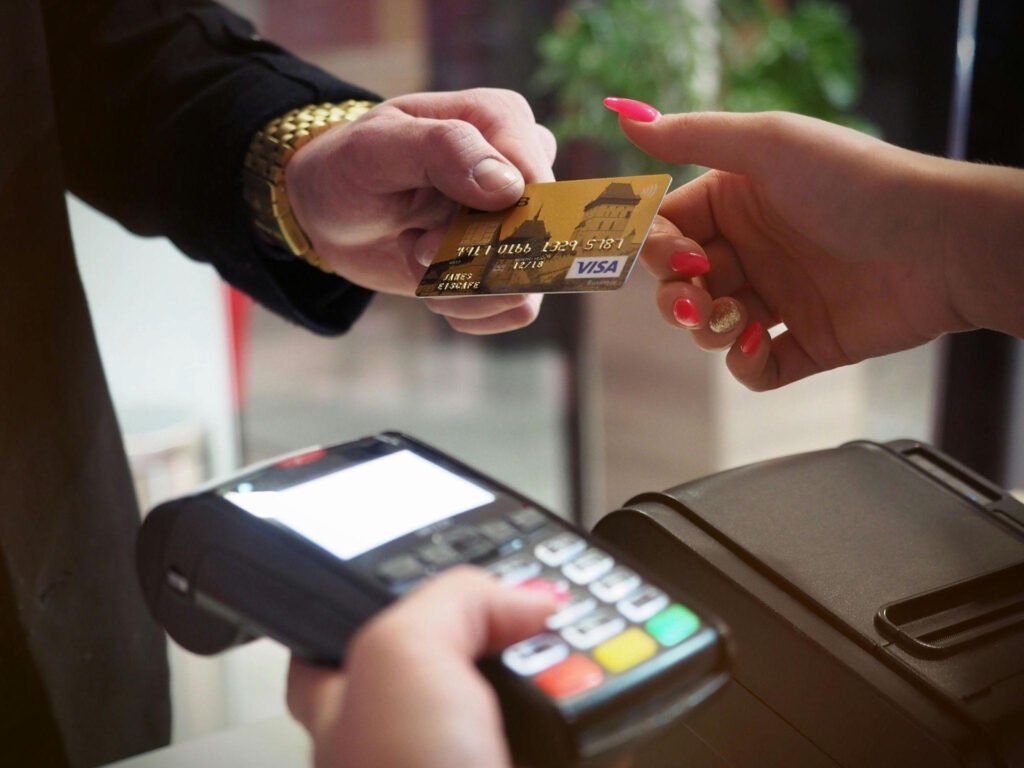
Philippines Digital Payment Options for International Tourists
The Philippines is modernizing its payment systems, though cash remains king for most tourist activities.
Mobile Wallets
- GCash leads with 65+ million users, but requires local phone numbers
- GrabPay integrates with ride-hailing services
Credit Card Acceptance
High acceptance areas:
- Luxury hotels and international restaurant chains
- Upscale malls and premium tour operators
Very Limited acceptance:
- Local restaurants (carinderias)
- Street food vendors
- Traditional transportation
- Small retail shops
Credit Card Strategy
- Use for large hotel and shopping mall purchases
- Always choose peso pricing over home currency conversion
- Carry sufficient cash backup
- Monitor foreign transaction fees (typically 2.5-3%)
How to Avoid Money Scams in the Philippines
The Philippines is generally safe for tourists, but like any popular destination, opportunistic scammers target visitors who flash large amounts of cash or appear unfamiliar with local practices. Smart money management isn’t just about getting better exchange rates—it’s about protecting yourself from theft, fraud, and costly mistakes that can ruin your vacation.
Cash Security
The golden rule of Philippines travel is never keeping all your money in one place. Distribute cash across multiple locations to minimize losses if theft occurs:
- Daily spending money (₱3,000–5,000) in wallet
- 2-3 days’ expenses in a money belt
- Majority of hotels are safe
- Emergency cache hidden separately
Scam Prevention
Understanding common scams helps you recognize and avoid them before they cost you money. Filipino scammers often target tourists in busy areas like airports, popular tourist zones, and transportation hubs.
Common Scams
- Fake money changers offering "special rates"
- Short-changing during transactions
- Counterfeit peso bills in change
- ATM skimming devices
Prevention
- Use only Bangko Sentral ng Pilipinas (BSP)-authorized money changers
- Count the money carefully before leaving
- Learn peso security features
- Inspect ATMs for suspicious attachments
Daily Budget Breakdown for Different Philippines Travel Styles
Budget Traveler (₱1,500-2,500 / $25-45 per day)
- Accommodation: Hostel dorms (₱500-800/night) or 1-2 star hotels (₱1000-1500/night)
- Food: Street food (₱30-80/meal), carinderias/eatery (₱80-150/meal)
- Transportation: Jeepneys (₱12-15), buses (₱200-500)
Mid-Range Traveler (₱3,000-5,000 / $54-90 per day)
- Accommodation: 3-star hotels (₱2,000-3,500/night)
- Food: Tourist restaurants (₱300-600/meal)
- Transportation: Private vans (₱3,000-5,000/day)
Luxury Traveler (₱8,000+ / $145+ per day)
- Accommodation: 5-star resorts (₱8,000-25,000+/night)
- Food: Fine dining (₱1,500-4,000+/meal)
- Transportation: Private drivers (₱5,000-8,000/day)
What to Do When Your Money Gets Stolen in the Philippines
Nobody wants to think about losing their wallet or having their cards stolen while exploring the beautiful Philippines, but having a solid action plan can turn a potential disaster into just a minor inconvenience. Here’s exactly what to do if you find yourself in this stressful situation.
Theft or Loss Response
- Immediately file police reports
- Contact banks to cancel cards
- Notify the embassy if the passport is stolen
- Document everything for insurance claims
Emergency Money Sources
- Western Union/MoneyGram: Available in major malls with same-day service
- Digital Transfers: Wise, Remitly, and WorldRemit offer fast transfers
- Embassy Services: Provide emergency loans and document replacement
For comprehensive information on international money transfers, visit Wise.com for competitive rates and transparent fees.
How Peak Season Affects Currency Exchange Rates
Peak Season Impact (December–February)
During peak tourist season, demand for pesos increases, potentially affecting exchange rates. Plan major currency exchanges before arriving during these busy periods.
Weather-Related Considerations
Typhoon season (June–November) can impact ATM availability and banking services in affected areas. Maintain higher cash reserves during these periods.
Holiday Banking Hours
Philippine holidays create 3–4 day periods with limited exchange options. Plan major exchanges before holidays like Holy Week, Christmas, and Chinese New Year.
Transportation and Currency
Local Transportation Payment Methods
Understanding transport options in Metro Manila is crucial for budget planning:
- Grab rides: Credit cards accepted through the app; cash also possible
- Move It: Credit cards accepted through the app; cash possible
- Taxis: Predominantly cash, some accept cards
- Jeepneys and buses: Cash only, exact change preferred
- Tricycles and habal-habal: Cash only
Inter-Island Travel Costs
Budget for ferry tickets, domestic flights, and island transfers when planning multi-destination trips. Whether you’re visiting the adventure tours in Gigantes Island or exploring Bantayan Island, these costs can significantly impact your daily budget.
Payment Methods & Booking Tips
Book inter-island flights and ferries early for better rates, as budget airlines significantly increase prices closer to departure dates and routes can sell out during peak seasons.
For local transportation, ride-hailing apps like Grab and Move It accept both credit cards and cash, while taxis predominantly require cash, though some accept cards. Traditional options like jeepneys, buses, tricycles, and habal-habal are cash-only, so always carry small bills and exact change for smoother transactions.
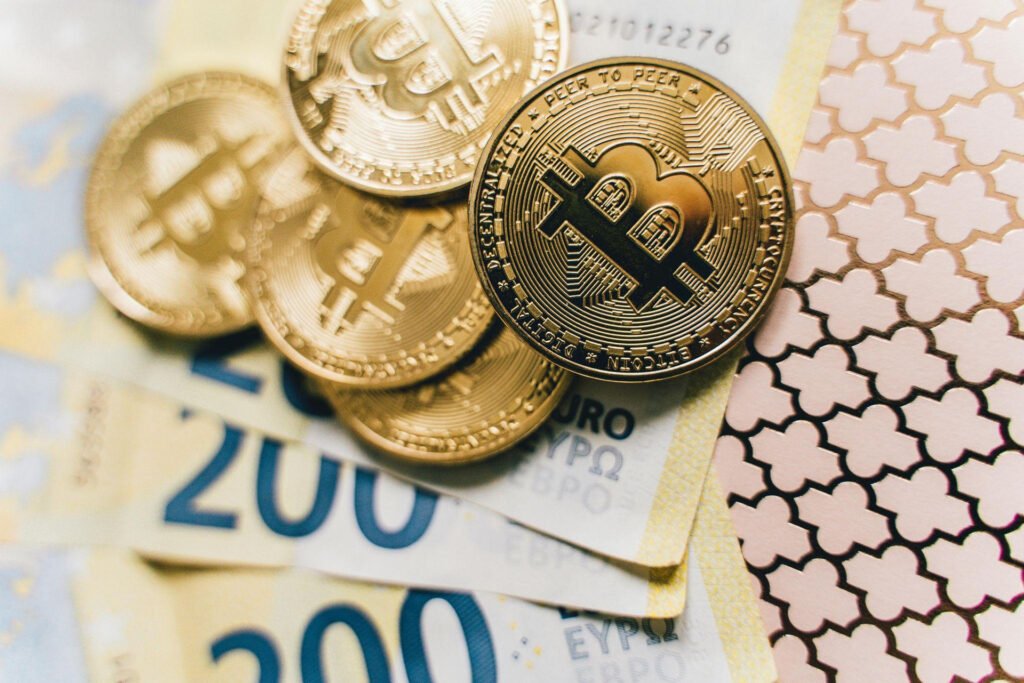
Modern Payment Options in the Philippines
Mobile Banking Revolution
The Philippines is experiencing a mobile banking revolution with GCash and Maya (formerly PayMaya) leading the transformation with over 90 million combined users. However, these are Philippine-only apps requiring a Philippine mobile number and a Philippine government-issued ID for verification. Even with a local SIM card purchased at the airport, tourists cannot fully verify accounts, as passports alone are insufficient. This system is designed for locals and long-term residents, not short-term travelers.
Tourists should rely on cash, credit/debit cards, and ATMs. The mobile payment boom benefits locals, but travelers need traditional payment methods. If vendors only accept GCash/Maya, ask Filipino friends for assistance or use hotel concierge services.
Tourist Integration Strategies
- International credit card linking through mobile wallet apps
- QR code payment acceptance at growing merchant networks
- Peer-to-peer transfers for group travel expense sharing
- Bill payment services for extended stays
Contactless Payment Adoption
Contactless payment infrastructure is rapidly expanding across tourist destinations, driven by COVID-19 hygiene preferences and technological advancement. Major shopping malls, hotels, and restaurant chains now widely accept tap-to-pay transactions.
Adoption Patterns by Sector
- Transportation: Grab rides universally accept contactless payments
- Retail: Major malls and international brands lead adoption
- Hospitality: Hotels embrace contactless check-in and payment systems
- Food Service: Fast food chains pioneer contactless ordering and payment
Fintech Banks and Digital Banking in the Philippines
The Philippines’ fintech sector comprises BSP-licensed digital banks and mobile wallet platforms, serving millions of Filipinos with accessible, low-cost financial services.
BSP-Licensed Digital Banks
Six digital banks serve 8.7 million depositors: Maya Bank, Overseas Filipino Bank (OFBank), Tonik Digital Bank, GoTyme Bank, UNObank, and UnionDigital Bank. These offer full banking services with PDIC-insured deposits, higher interest rates, and lower fees than traditional banks.
Mobile Wallets and Payment Platforms
- GCash leads the market with 81 million active users as of January 2025, offering payments, remittances, savings, and investments.
- Maya operates both as an e-wallet and digital bank, providing payment services and banking features.
- Coins.ph serves over 18 million users with a focus on cryptocurrency trading alongside traditional payment services.
- Other platforms include PayMongo (payment gateway), PDAX (crypto exchange), and JustPay (digital payments), each serving specific niches in the fintech ecosystem.
International Fintech & Money Transfer Services
International fintech platforms provide faster, cheaper alternatives to traditional wire transfers—essential for emergency funds after losing your wallet, receiving money from home, or managing regular transfers during extended stays. These services offer competitive exchange rates without hefty bank fees, making them ideal for tourists, digital nomads, and expatriates alike.
Multi-Currency Platforms
- Wise – Multi-currency accounts in 40+ currencies, integrated with InstaPay and PESONet for faster remittances, and competitive exchange rates.
- Revolut – Has a tech hub in Manila and a BSP remittance license, and offers international money transfers.
Global Remittance Services
- Western Union – Cash pickup and bank transfers with an extensive Philippine agent network.
- MoneyGram – International money transfers with multiple payout options.
- Remitly – Transfers to 170+ countries with bank, mobile wallet, and cash pickup options.
- WorldRemit – Digital remittances to bank accounts and mobile wallets.
- Xoom (PayPal service) – Online money transfers to Philippine banks and cash pickup locations.
- XE – Currency exchange and international transfers.
Specialized Services
- MarCoPay – Electronic money platform designed specifically for Filipino seafarers, offering salary payments, remittances, and maritime industry financial services.
Cryptocurrency Emergence
While still an emerging technology, cryptocurrency adoption in the Philippines shows promising growth among tech-savvy demographics. Bitcoin ATMs appear in major cities, and platforms like Coins.ph facilitate peso conversion.
Current Limitations:
- Regulatory uncertainty is affecting widespread adoption
- Limited merchant acceptance outside major urban areas
- Volatility concerns for practical tourist usage
- Technical complexity barriers for average travelers
Let’s Wrap This Up
Managing money effectively in the Philippines requires understanding both technical exchange mechanics and cultural contexts. The most successful travelers combine strategic financial planning with cultural sensitivity to maximize both their budget and their authentic Filipino experiences.
Every peso saved through smart exchange decisions becomes another opportunity to explore hidden beaches, taste authentic cuisine, extend your stay, or support local communities in this incredible archipelago.
Whether you’re island-hopping through Palawan, exploring the cultural heritage of Metro Manila with the best adventure tours in Manila, or discovering remote mountain provinces, proper money management transforms good Philippines trips into extraordinary adventures that create lasting memories while supporting local Filipino communities.
Start planning your comprehensive currency strategy today for an incredible journey through Southeast Asia’s most rewarding and culturally rich destination.
Last Updated: September 2025. Exchange rates fluctuate daily, and fees change frequently. The Philippines has recently updated its currency with new polymer banknotes—always verify current denominations and rates before traveling.
Follows us on Facebook
Tips and Tricks
- Bringing Regulated Items
- Transport Options
- Popular Destinations
- Religion in the Philippines
Travel Adventures Diary
- Adventure Tours in Manila
- Adventure Tours on Bantayan Island
- Adventure Tours in Cebu
- Adventure Tours on the Island of Negros
- Adventure Tours Siquijor
- Adventure Tours in Guimaras
- Adventure Tours Gigantes
- Adventure Tours in Metro Manila
- Adventure Tours Puerto Princesa
- Adventure Tours in El Nido
- Adventure Tours in El Nido and Puerto Princesa
- Adventure Tours Baguio City
- Adventure Tours Sagada
- Adventure Tours Buscalan
- Adventure Tours Banaue
- Adventure Tours Pangasinan
- Adventure Tours Hundred Islands
- Adventure Tours in Metro Manila
- Adventure Tours in Leyte
- The Bamboo Paraiso Beach Resort
- Best Tour in Pangasinan
PHILIPPINES
More Travel Tips
Want to read more? Check out these related stories.
Explore the great and natural beauty of Puerto Princesa. It can be visited all year round.
The town of Sagada is famous for its own unique appeal and its local culture.
Manila is the capital city of the Philippines and is rich in history and culture.
The Manila International Airport NAIA is the international gateway for most visitors entering the Philippines.
